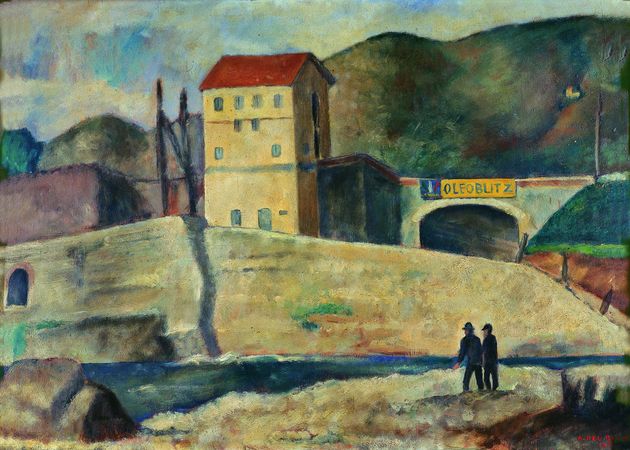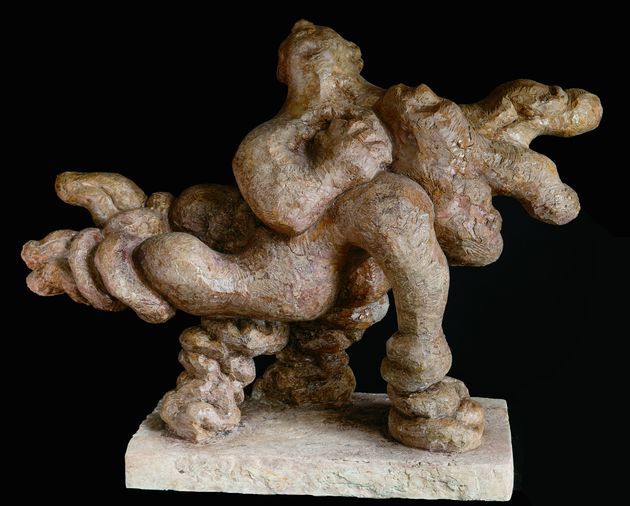The Juvenile Self-Portrait is rightly part of the Restoration period, an era characterised by a strong interest in portraits and self-portraits made with extreme realism. An example of this is the attention with which the painter renders the textures of different fabrics.
Alessandro Ferrarini taught drawing and painting in Prato for many years at the Conservatorio di San Niccolò and the Collegio Cicognini. It was here that he met among his students the young Gabriele D'Annunzio, a boarder at the college between 1879 and 1880. The poet always retained memories of the academic drawing master, as can be seen in his writings in which, recalling his youth, he remembered the time when the now elderly Ferrarini invited him to copy Filippo Lippi's frescoes in Prato Cathedral with him.
Ferrarini was also responsible for discovering the talent of the famous painter from Prato, Alessandro Franchi, to whom he was always bound by deep friendship. Thanks to the support of his drawing master and his own abilities, which Cesare Guasti also recognised, Franchi was able to obtain a grant from the City of Prato so that he could continue his artistic studies in Siena.




























































